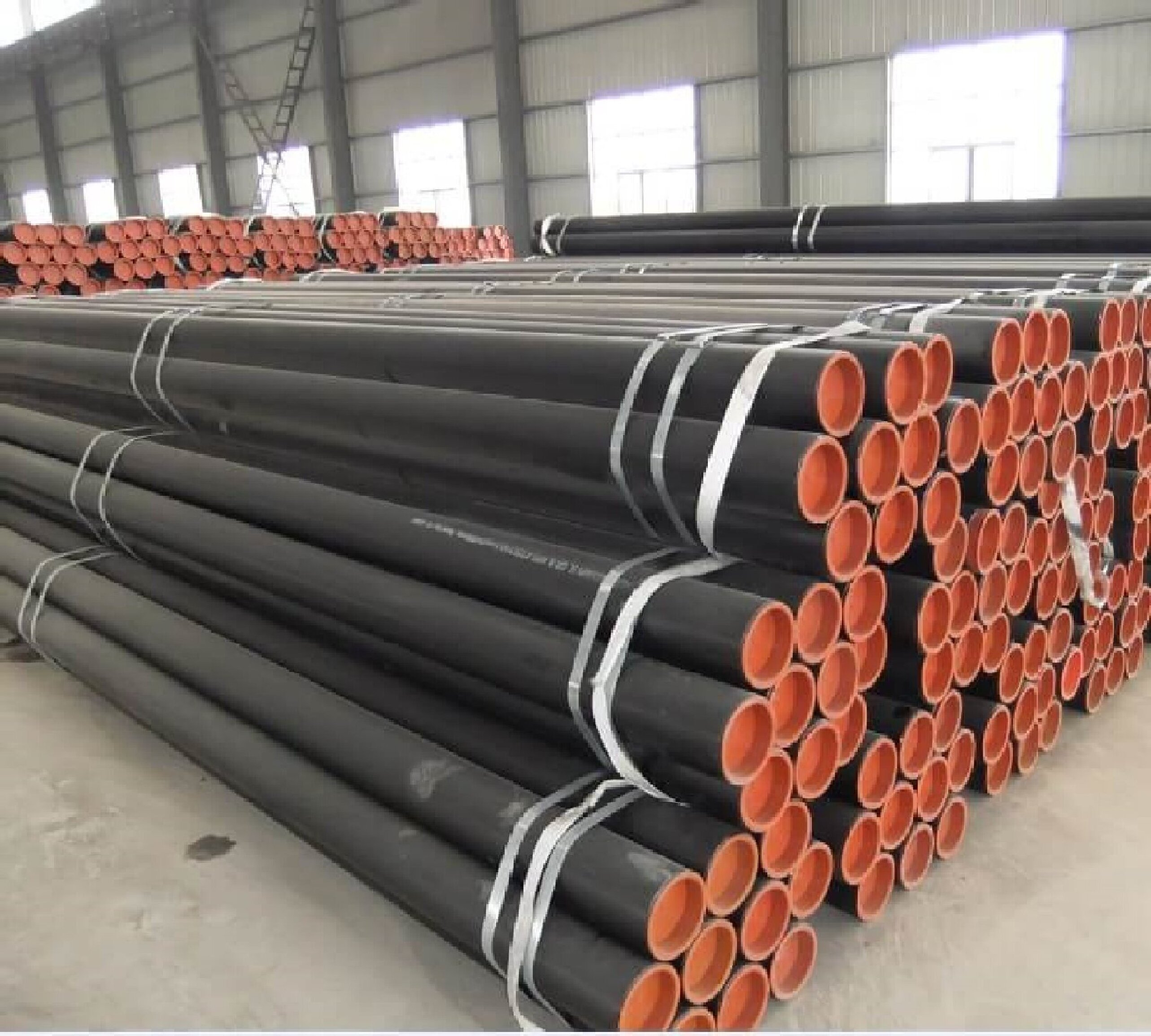-
Cangzhou Yulong Steel Co., Ltd.
-
Phone:
+86 13303177267 -
Email:
admin@ylsteelfittings.com
- English
- Arabic
- Italian
- Spanish
- Portuguese
- German
- kazakh
- Persian
- Greek
- French
- Russian
- Polish
- Thai
- Indonesian
- Vietnamese
- Zulu
- Korean
- Uzbek
- Hindi
- Serbian
- Malay
- Ukrainian
- Gujarati
- Haitian Creole
- hausa
- hawaiian
- Hebrew
- Miao
- Hungarian
- Icelandic
- igbo
- irish
- Japanese
- Javanese
- Kannada
- Khmer
- Rwandese
- Afrikaans
- Albanian
- Amharic
- Armenian
- Azerbaijani
- Basque
- Belarusian
- Bengali
- Bosnian
- Bulgarian
- Catalan
- Cebuano
- China
- China (Taiwan)
- Corsican
- Croatian
- Czech
- Danish
- Esperanto
- Estonian
- Finnish
- Frisian
- Galician
- Georgian
- Kurdish
- Kyrgyz
- Lao
- Latin
- Latvian
- Lithuanian
- Luxembourgish
- Macedonian
- Malgashi
- Malayalam
- Maltese
- Maori
- Marathi
- Mongolian
- Myanmar
- Nepali
- Norwegian
- Norwegian
- Occitan
- Pashto
- Dutch
- Punjabi
- Romanian
- Samoan
- Scottish Gaelic
- Sesotho
- Shona
- Sindhi
- Sinhala
- Slovak
- Slovenian
- Somali
- Sundanese
- Swahili
- Swedish
- Tagalog
- Tajik
- Tamil
- Tatar
- Telugu
- Turkish
- Turkmen
- Urdu
- Uighur
- Welsh
- Bantu
- Yiddish
- Yoruba

Dec . 01, 2024 15:34 Back to list
Designing Efficient Plate Flange Connections for Structural Applications
Understanding Plate Flanges Design, Applications, and Benefits
Plate flanges are integral components in various mechanical and structural applications, playing a crucial role in the connection and support of piping systems, vessels, and other structural elements. Their design, versatility, and functionality make them a popular choice in different industries, including oil and gas, chemical processing, water treatment, and manufacturing.
What is a Plate Flange?
A plate flange is a flat disk-like component that is typically welded or bolted to the ends of pipes, valves, or other equipment to provide a strong, stable connection. They are often designed to accommodate gaskets that create a secure, leak-proof seal between connected components, ensuring the integrity of the entire system. Plate flanges come in various shapes, sizes, and materials, allowing for customization based on specific application requirements.
Design and Types of Plate Flanges
The design of plate flanges can vary significantly depending on the application and industry standards. Common types of plate flanges include
1. Weld Neck Flanges These flanges feature a conical neck that allows for a strong weld joint. They are especially useful for high-pressure applications where the integrity of the connection is paramount.
2. Slip-On Flanges These are designed to slip over the pipe's end before being welded in place. They are easier to align and install, making them a popular choice for many applications.
3. Blind Flanges Blind flanges do not have a hole in the center, making them ideal for closing off the ends of pipes or valves temporarily or permanently.
4. Threaded Flanges These flanges have internal threads that allow them to be screwed onto the ends of pipes. This design is beneficial for applications that may require disassembly without welding.
5. Socket Weld Flanges These flanges are designed to fit over the pipe, providing a strong connection through socket welding. They are commonly used in small-diameter pipes subjected to high pressure.
Each type of plate flange has unique benefits and is selected based on factors such as pressure, temperature, and the types of fluids being transported.
Applications of Plate Flanges
plate flange

Plate flanges are utilized in multiple sectors, each with distinct requirements
- Oil and Gas In this industry, flanges are used to connect various segments of piping systems, ensuring the safe and efficient transport of crude oil, natural gas, and other hydrocarbons. The reliability and durability of plate flanges are essential for maintaining system integrity and preventing leaks.
- Water and Wastewater Treatment Plate flanges play a critical role in connecting components within treatment plants, where reliability is crucial to public health. They are designed to handle varying pressures and temperatures associated with the treatment processes.
- Chemical Processing In the chemical industry, flanges are vital in connecting tanks, vessels, and piping systems for various chemical processes. The materials used for flanges can be specifically chosen to resist corrosion from aggressive chemicals, enhancing longevity.
- Manufacturing Plate flanges are also used in manufacturing facilities for machinery and equipment assembly. Their ability to create robust connections ensures the operational efficiency of machinery in high-demand environments.
Benefits of Plate Flanges
The advantages of using plate flanges include
1. Strong Connections Flanges provide secure joints that can handle substantial loads and pressures, which is essential in high-stakes applications.
2. Ease of Maintenance Flanges allow for easier access when repairs or inspections are necessary, facilitating efficient maintenance practices.
3. Customizability With various materials, sizes, and designs available, plate flanges can be tailored to meet specific application needs.
4. Cost-Effectiveness By facilitating quick and reliable connections, flanges contribute to overall project efficiency and cost reduction.
In conclusion, plate flanges are indispensable components in various industries, providing reliable connections and support for pipe systems and machinery. Their diverse designs, coupled with their strong applications across multiple sectors, make them a critical aspect of modern engineering and manufacturing practices. Understanding the types and benefits of plate flanges can aid in making informed decisions for optimal design and application in any project.
Latest news
-
ANSI 150P SS304 SO FLANGE
NewsFeb.14,2025
-
ASTM A333GR6 STEEL PIPE
NewsJan.20,2025
-
ANSI B16.5 WELDING NECK FLANGE
NewsJan.15,2026
-
ANSI B16.5 SLIP-ON FLANGE
NewsApr.19,2024
-
SABS 1123 FLANGE
NewsJan.15,2025
-
DIN86044 PLATE FLANGE
NewsApr.19,2024
-
DIN2527 BLIND FLANGE
NewsApr.12,2024
-
JIS B2311 Butt-Welding Fittings LR/SR 45°/90° /180°Seamless/Weld
NewsApr.23,2024











